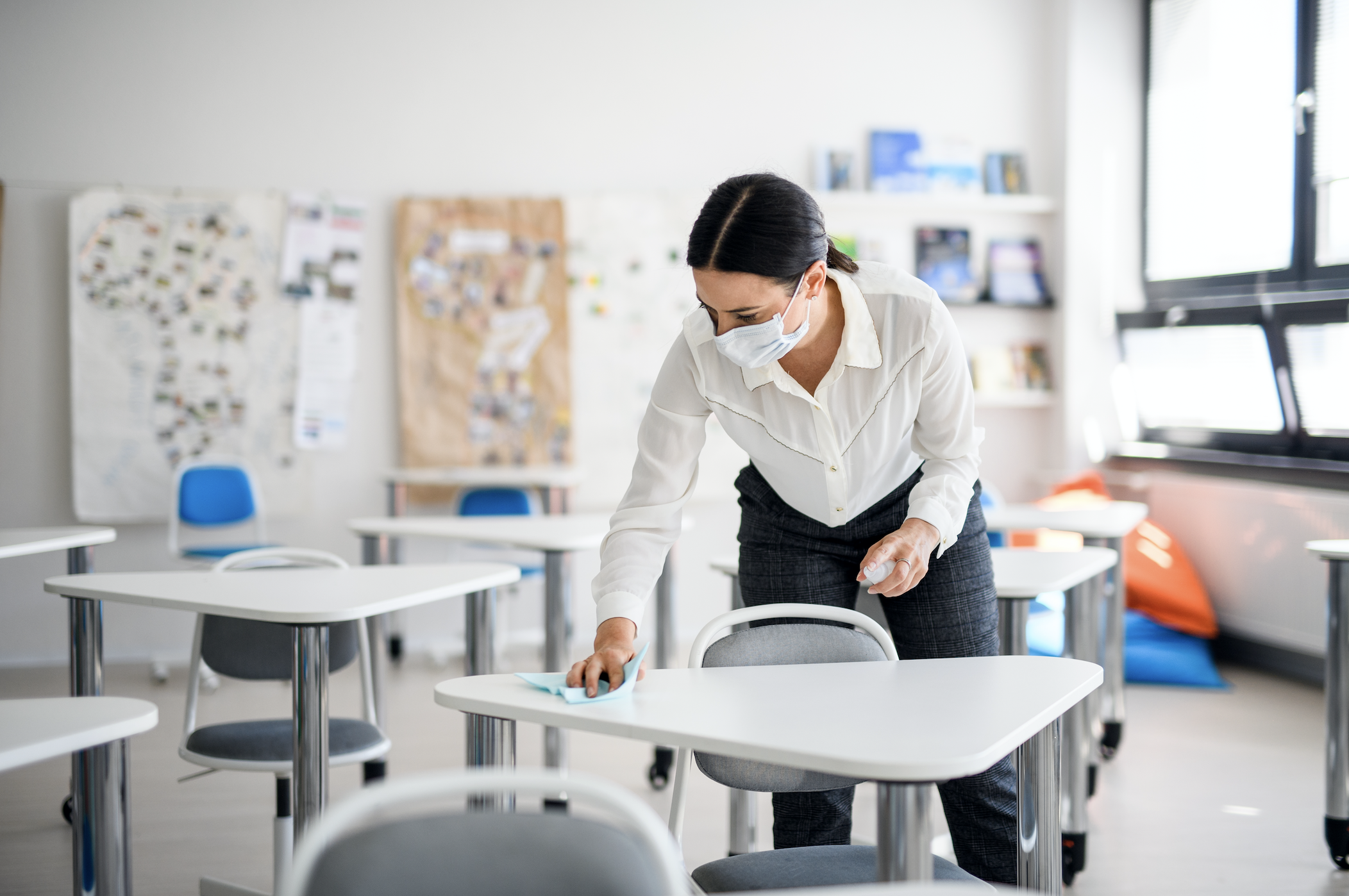
How Schools Can Practice Good Timing This Fall
Did you notice that people experienced an ebb and flow to their emotional state since we were all quarantined in March? I sure you did. At first, we were refreshed, by not having to drive to work or even get dressed up for Zoom meetings. Then, we declined a bit emotionally when we all got nervous about how long this COVID-19 pandemic would last. The 24-7 news cycle would not go away. Later, we got used to our new normal and found our rhythm. Today, there is a general sense for many that says, “I’m feeling frustrated; I am so ready to get out of the house and get back to my routines.”
But what will those routines look like and when will they actually begin?
Daniel Pink is the author of six New York Times best-selling books, including his latest one, When. In this book, Pink communicates the gist of 700 scientific studies on the importance of timing in our lives. He includes everything from when the best time is to do creative work, when to take naps, when students score best on tests and when teachers do their best instruction. It’s fascinating. Miles Davis once said, “Time isn’t the main thing. It’s the only thing.”
So, can we apply Daniel Pink’s discoveries to our work with students and when returning to school classrooms can be timed best?

Determining the Best Time and Manner to Return to Normal
One of the major findings Dan Pink made was the cycle of a typical day’s energy flow. He said that most people experience a morning peak (the time to do your best work), an afternoon trough (your best time to do administrative work) and an evening rebound (your best time to create). Research on this cycle showed that students scored higher on exams in the morning than in the afternoons. I believe there is a larger cycle beyond single days that reveals we go through a cycle with our months as well. So, let’s talk about our return to school this fall:
1. When we surveyed school administrators, not one of them envisioned returning to all virtual or all in-person classrooms this fall. The vast majority plan to implement a hybrid model of both virtual instruction and normal classrooms with smaller amounts of students in attendance at one time. The student body will rotate to ensure social distancing as best as possible.
2. Just like we experienced an ebb and flow to our motivation during the spring quarantine this will likely happen in the fall. I think schools should follow two pieces of wisdom:
- Return when specific conditions are met, such as two-week declines in infections in your district zip codes. Or, when the majority of parents agree to stipulations for health and wellness on campus. Positivity arises when people agree on rules.
- Return when you observe high motivation to make things work and a willingness to make concessions for both sides of the issue. In short, parents will be feeling two incentives. First, to keep their kids healthy. Second, to get their kids back to school and out of their hair. Positivity arises when motivation is high enough.
The Law of Timing
In short, leaders and educators must recognize the hard and soft part of timing. It’s all about outward logistics being right and inward readiness being right. We must time it right.
While serving under John Maxwell for 20 years, he taught me an important timing principle:
- A wrong move at the wrong time = a disaster.
- A wrong move at the right time = a mistake.
- A right move at the wrong time = resistance.
- A right move at the right time = success.
Depending on our temperaments, leaders can miss this important point. We get anxious about getting back to business or we get anxious about moving too quickly and we miss an opportunity.
Do students recognize good timing on the part of a teacher?
You tell me. The following are stories people shared about their teacher’s well-timed actions and its impact on their lives. They are simple yet moving.
- “In the third grade, I was chosen to help get the milk and straws. My teacher knew it was just the boost I needed. By fifth grade, I was given a major part in a school show.”
- “In the fourth grade, my teacher let me run the film projector (tread, rewind, etc.). I was otherwise very rambunctious during films. I think she figured the best way to keep me quiet was to keep me engaged. From that point on, I stayed involved.”
- “I had a teacher in junior high who knew that I was particularly shy. She would never challenge me and ask me to answer publicly, but instead took me aside and said, ‘I can tell by your facial expressions that you are participating silently and that you know the answers.’ This comment at that time was all I needed to grow.”
- In eleventh grade, I was struggling with composition. A new English teacher took the time to point out that there were some good things in my writing. It motivated me to work harder on my themes, and before the year was out, I received my first ‘A minus’ on a composition. I still have that composition.”
The right move at the right time. Our administrators need to time the fall well. Our teachers need to time our comments and direction well. Our schools need to understand the power of timing this next year.






